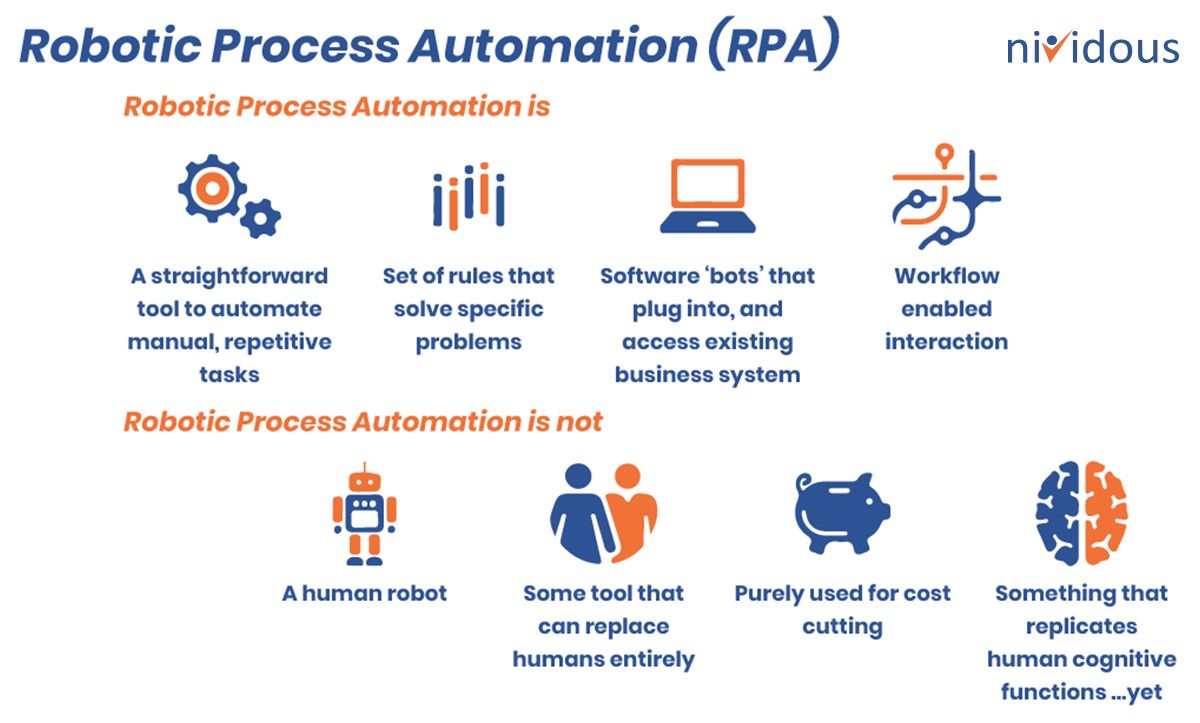🤖 RPA and AI in Banking
Robotic Process Automation (RPA) in banking streamlines operations, reduces costs, and enhances customer service, transforming the industry.

Today's Highlights
- How AI is enabling robotic process automation (RPA)
- This Week On BuzzBelow - a recap on this week's topics
- In Other News - a few interesting developments we're tracking
Artificial Intelligence (AI) has become a transformative force in the evolving landscape of the banking sector, reshaping operations, enhancing customer experiences, and optimizing back-end processes. Among the various technologies driving this transformation, Robotic Process Automation (RPA) stands out as a critical component. RPA in banking not only streamlines operations but also significantly reduces costs and improves service delivery, leading to enhanced customer satisfaction.
Optical Character Recognition (OCR)
OCR technology is instrumental in converting documents into digital data. In banking, this is particularly useful for processing KYC (Know Your Customer) documents, loan applications, and other paperwork that requires validation and verification. OCR enhances RPA by enabling bots to extract data from physical documents quickly and accurately, feeding it into digital systems for further processing. Tungsten (formerly known as Kofax) provides intelligent automation software that includes powerful OCR capabilities, helping banks transform information-intensive business processes.

Business Process Management (BPM) and Workflow Automation
Integrating RPA with BPM tools enhances the management of complex workflows. This synergy ensures that automated tasks are properly sequenced, dependencies are managed, and exceptions are handled efficiently. In loan processing, for instance, BPM can orchestrate the flow of tasks from document submission to approval stages, with RPA automating specific steps like data validation and initial credit scoring. As a leading RPA provider, UiPath also offers comprehensive BPM capabilities that help banks automate and manage workflows efficiently.
Advanced Applications of RPA in Banking
Combining AI with RPA enables the automation of more complex data interpretation tasks such as financial spread analysis, risk assessment, and personalized financial advice based on customer data analytics. In addition, AI-enhanced RPA can continuously monitor transactions and customer interactions to ensure compliance with laws and regulations, automatically updating systems when new regulations are enacted. IBM Watson and Microsoft Azure AI facilitate advanced data processing by combining AI with RPA to interpret financial data and automate complex decisions.
A report by Deloitte found that RPA implementations in banking can reduce costs by up to 70% for onshore operations and 30% for offshore operations. These significant cost reductions are primarily achieved through the automation of repetitive, rule-based tasks that traditionally require manual labor, such as data entry and compliance checks. This not only cuts down on labor costs but also minimizes errors and improves processing speeds. RPA in banking is a game-changer that enhances operational efficiency, reduces costs, and improves customer service. As banks continue to adopt and integrate this technology, the face of the banking industry is set to change significantly, making it leaner and more responsive to customer needs.
This Week on BuzzBelow




In Other News

.png&h=630&w=1200&q=75&v=20170226&c=1)
/cdn.vox-cdn.com/uploads/chorus_asset/file/22977156/acastro_211101_1777_meta_0002.jpg)




